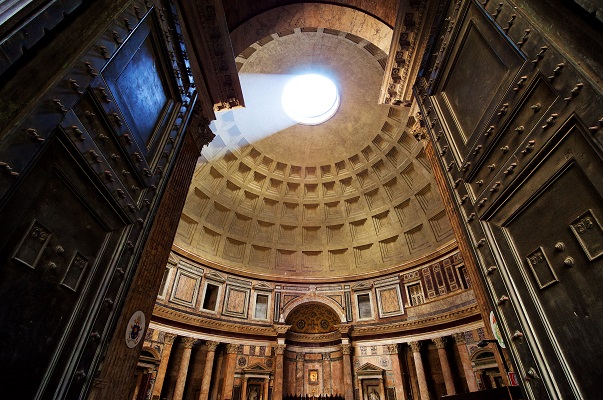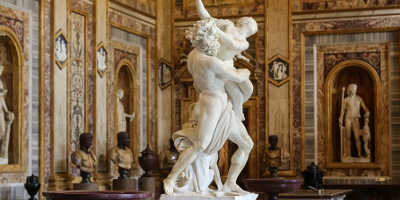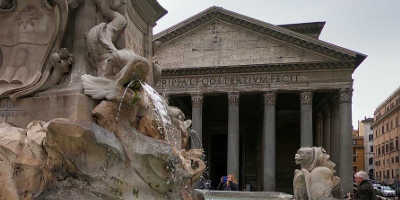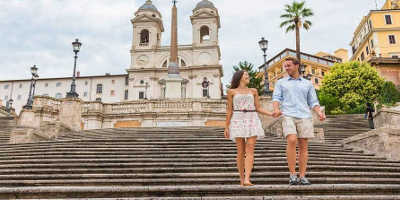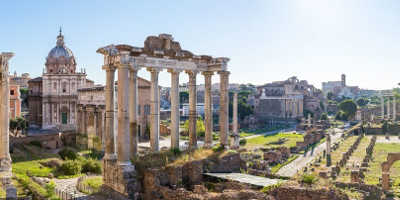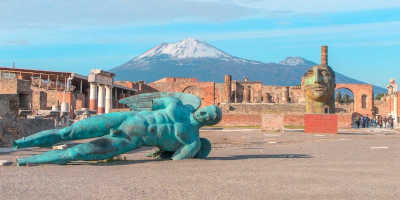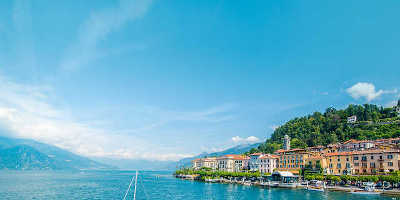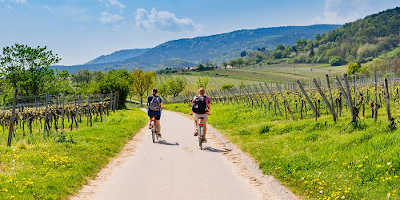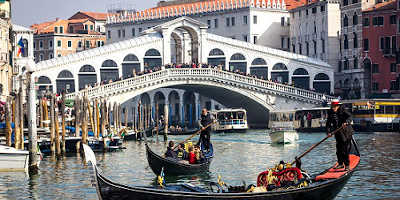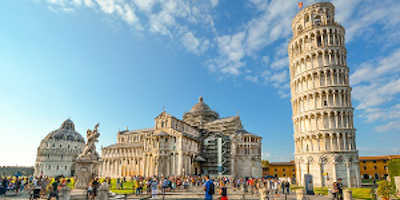Why is the Pantheon so important?
Okay people, get yourself a little snack and settle in, because it’s time for a history lesson on Ancient Rome!
If you have been to the Italian capital, then you would know it’s just about impossible to miss the colossal structure in Piazza della Rotonda, otherwise known as the world-famous Pantheon.
It stands today as the most well-preserved structure from Ancient Rome, having survived floods and earthquakes, and staying relatively untouched for over 2000 years – it is still made up of the original marble and granite from thousands of years ago; however, this is only one of the incredible facts that makes the Pantheon so important – both to Rome and the world over.
Built by Romans, for the Gods.
Thought to have first been built as a rectangular temple to worship the Gods in 27 B.C by Roman Emperor Marcus Agrippa, it was rebuilt by Roman Emporer Hadrien for the second time following a fire in 110 AD. The Pantheon has been a Catholic Church since 609 AD and is a sacred and highly respected place of worship, welcoming all people in for a moment of solitude and reflection.
The Pantheon was one of the first temples created for common people to visit and worship, a not-so common concept in Ancient Rome, when usually only priests could visit temples.
It represents the evolution of the culture in Rome, from ancient times, through the Middle Ages and now to modern day Rome. The building has stood the test of time and remains one of the worlds most historical and fascinating structures. It is visited by millions of locals and travellers every year.
A model for Classical architecture
Inspiring architects since the Middle Ages – many of the structures around the world were directly inspired by front portico and the dome the Pantheon, including the US Capitol, the National Gallery in Washington D.C, MIT and the Jefferson Memorial. Thomas Jefferson himself brought the design idea back to America after seeing the Pantheon. He loved the dome shape so much that his own home in Virginia featured a similar design.
The Pantheon in Paris, France is the final resting place of famous Frenchmen, and again, is a direct copy of the original in Rome, featuring the large columns at the forefront and the large dome in the main building.
A feat of engineering.
The saying says, ‘Rome wasn’t built in a day’ and that is certainly true for the Pantheon.
The Pantheon is truly one of the greatest engineering feats of the ancient era. The skilled workers used advanced techniques to build the large dome, which is supported by very thick brick and concrete walls. You can see the brick support arches from the outside.
Due to the size of the dome – it measures almost 44m wide and tall – the concrete used needed to be mixed with different materials, using lighter materials as they neared the top to stop it from collapsing in from weight. The coffered ceiling is not only beautiful to look at, but it also acts as very important weight bearing for the concreate roof.
Fun fact – the dome was originally built to be so large that visitors would feel tiny upon entering – which is apparently how one should feel in the presence of Gods. Pantheon translates from Greek to ‘every/all Gods’ – and Pantheism is a religion that worships all Gods. Also worth noting that the Parthenon in Athens did come before the Pantheon of Rome!
Wet weather timetable… inside?
Oh yes, sometimes it rains inside, because the roof of the Pantheon has a pretty big hole in it.
Called the Oculus, the hole is 9m in diameter and serves as the main source of light, as there are no windows anywhere in the Pantheon. The stream of sunlight moves throughout the day highlighting different areas inside, and if it rains outside, there is nothing to stop it from raining inside too. The marble floor is slightly curved and has drainage for this exact reason.
It has been used as a fortress, temple, mausoleum and church, it’s been ransacked and stolen from, and closed for periods of time, it has survived earthquakes and floods. The Pantheon has certainly deserved its fame and will forever be an important part of Italian and world history.

